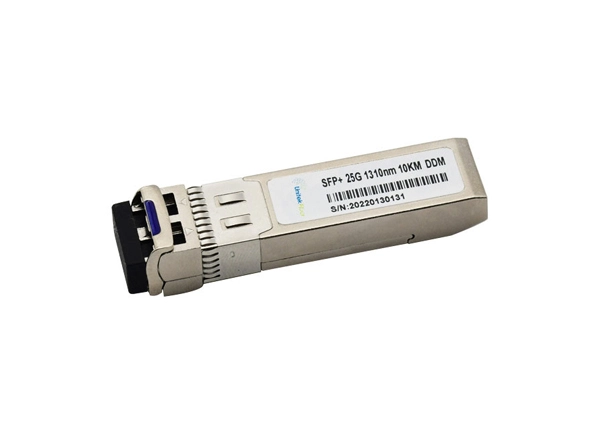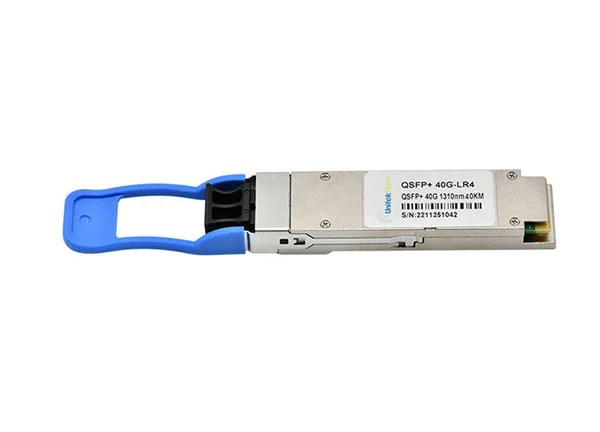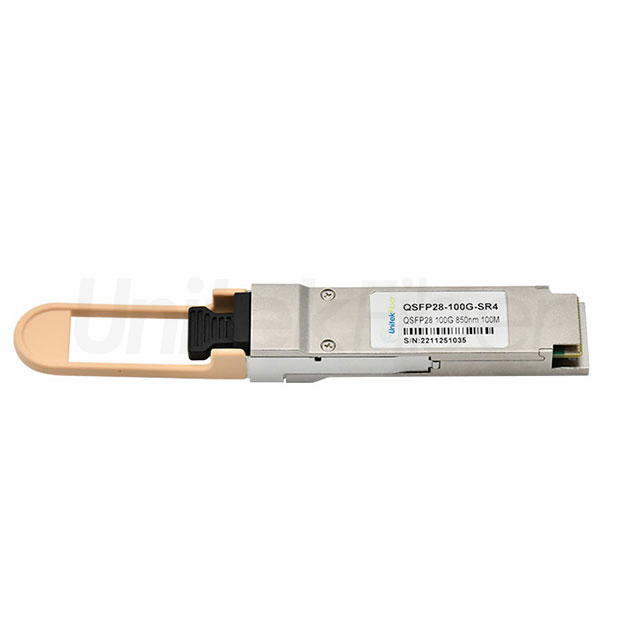
With the rapid development of optical communication technologies, single-mode and multi-mode SFP transceiver have become an important part of fiber optic communication systems. SFP modules can generally be distinguished according to the type of parameter, such as the single-mode transceiver module and multi-mode transceiver module. Do you know what is the difference between single-mode and multi-mode optical transceiver? In this article, we will discuss the difference between single-mode optical modules and multi-mode optical modules and how to choose.

Transmission distance
Single-mode optical transceiver are suitable for longer transmission distances due to the use of single-mode fiber optical fibers, which have a straight light propagation path and low transmission loss. Generally, the transmission distance of single-mode transceiver module is up to 150 kilometers, depending on the SFP model and its optical budget. Compared with the single-mode SFP transceiver, the light propagation path of multi-mode SFP module is more complex, the transmission loss is higher, and it is suitable for shorter transmission distance, generally no more than 550 meters.
High-speed transmission
In terms of transmission rate, single-mode optical modules can reach transmission rates as high as 800Gbps, while multi-mode optical modules are generally suitable for transmission rates from 1Gbps to 100Gbps. This is due to the complexity of the light propagation path of the multi-mode SFP transceiver, resulting in high-speed transmission may occur in the multi-mode inter-modal dispersion and other issues.
Cost
Single-mode optical transceiver are relatively expensive because they require the use of smaller diameter single-mode fibers optic and a more precise fabrication process. In contrast, multi-mode SFP modules are less expensive to make and use, and are suitable for some cost-sensitive short-distance communication scenarios.
Compatibility
In terms of optical module compatibility, multi-mode optical transceiver are compatible with single-mode optical transceiver, i.e., single-mode optical modules can be used in multi-mode optical fibers. However, single-mode SFP modules cannot be used directly in multi-mode optical fibers because the fiber diameter of multi-mode SFP transceiver is large and cannot meet the requirements of single-mode optical modules.
As can be seen from the description in this paper, single-mode and multi-mode optical transceiver have their own unique characteristics and application areas in data center. Single-mode optical modules are suitable for long-distance high-speed transmission, high cost but high transmission efficiency; multi-mode SFP module are suitable for shorter distance medium-rate transmission, low cost but shorter transmission distance. Choosing the right optical transceiver should be done according to the specific application requirements, taking into account the cost, transmission distance, transmission rate and other factors.
UnitekFiber is a trusted and reputable fiber optical transceiver module supplier specializing in providing a wide range of fiber optic product for various networking and data communication applications. Whatever you require SFP transceiver module, fiber optic patch cord and fiber optic patch panel for data center, UnitekFiber has got you covered. For any inquiries or further information, please don't hesitate to reach out to us at sales@unitekfiber.com.



